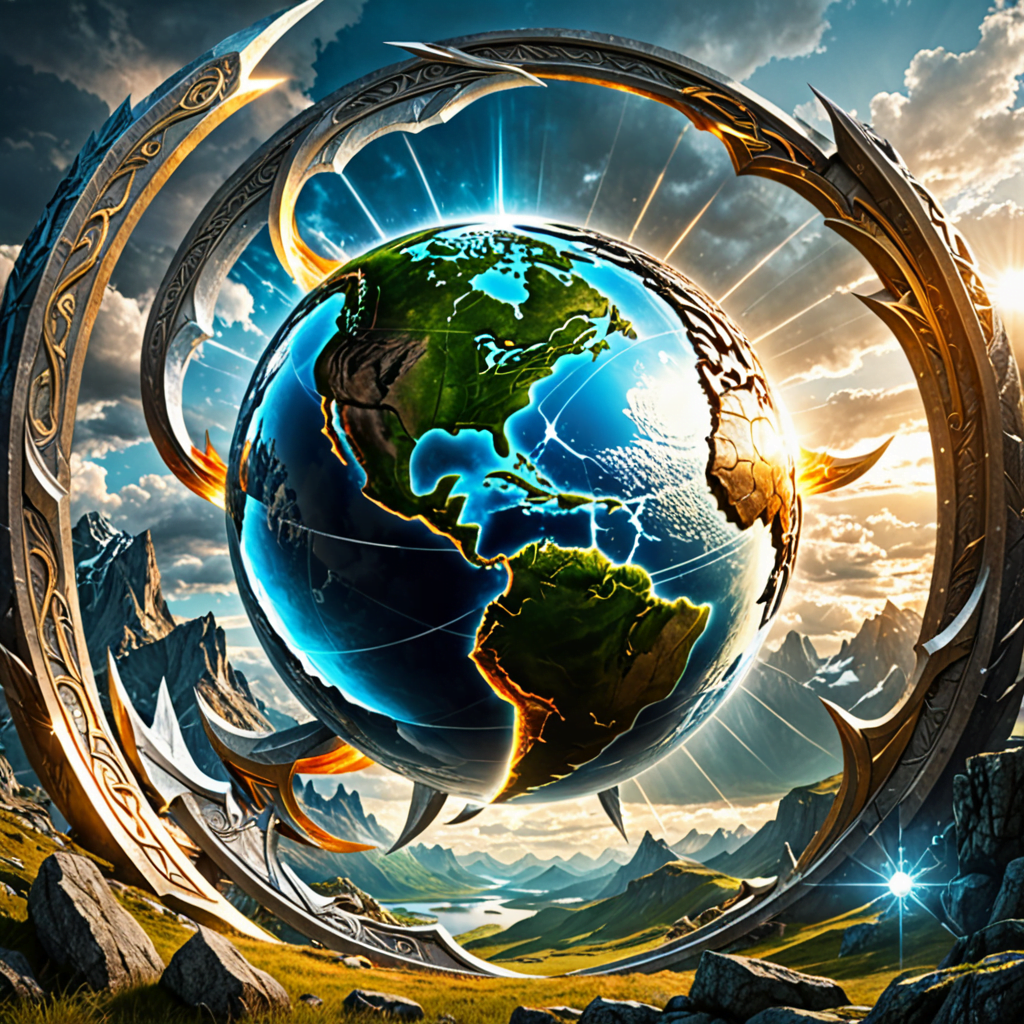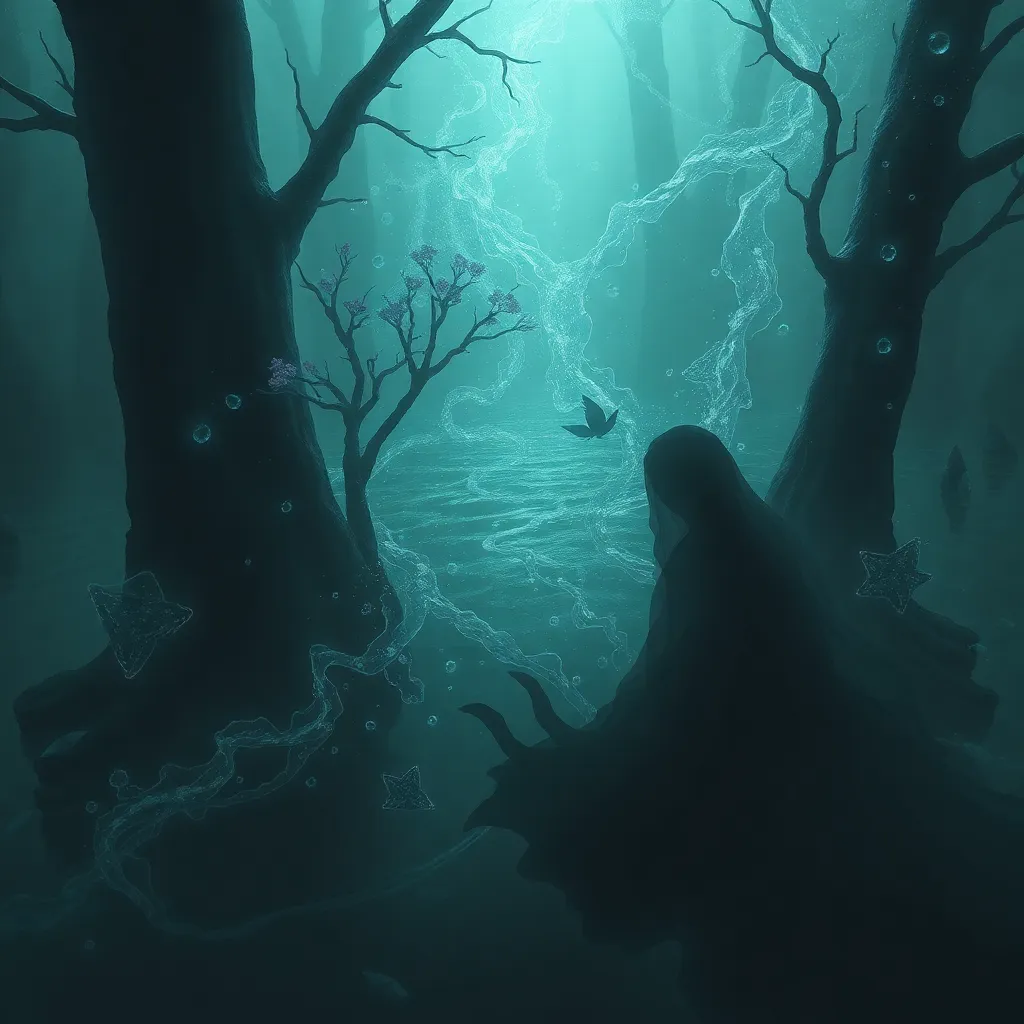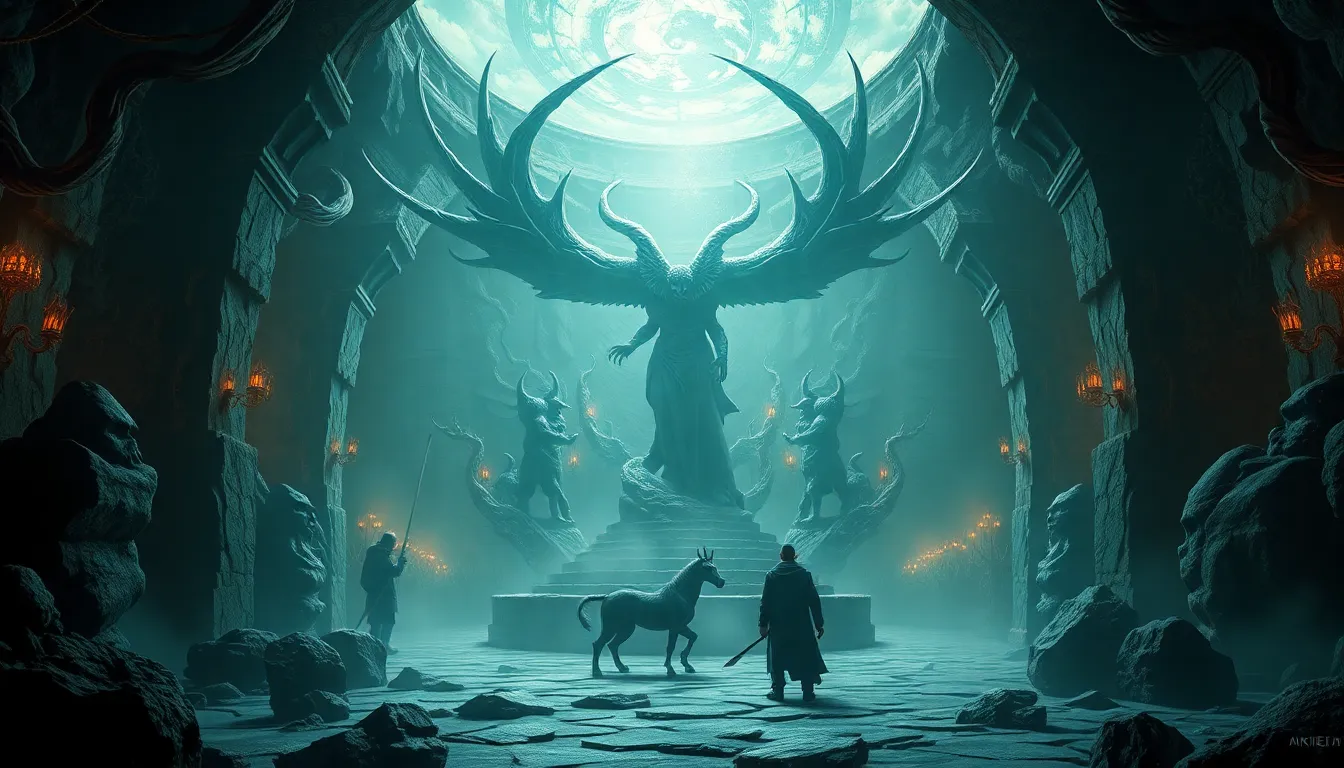The Symbolism of Earth in Norse Mythology
Understanding Earth in Norse Mythology
In Norse mythology, the Earth is known as Midgard, the realm inhabited by humans and surrounded by the great world serpent Jormungandr. The Earth holds a prominent place in Norse cosmology, symbolizing stability, fertility, and the interconnectedness of all living beings.
The Role of Earth in Norse Creation Narratives
According to Norse mythology, the Earth was created from the body of the primordial giant Ymir. Odin and his brothers shaped the Earth from Ymir’s flesh to provide a realm for humanity to dwell. This myth underlines the fundamental connection between humans and the Earth, emphasizing the cyclical nature of life and death.
Earth as the Source of Life and Nourishment
In Norse belief, the Earth serves as a source of vitality and nourishment. The land was revered for its fertility, supporting agriculture and providing sustenance for both humans and animals. The Earth was seen as a generous mother, embodying abundance and the cycles of growth and renewal.
The Significance of Earth in Norse Rituals and Festivals
Norse celebrations and rituals often included offerings to honor the Earth and ensure its continued bounty. Festivals like Winter Nights and Midsummer were times to express reverence for the land and seek its blessings for prosperity and protection. The Norse people viewed the Earth as a sacred entity deserving of respect and gratitude.
FAQ about the Symbolism of Earth in Norse Mythology
What role does Earth play in Norse Mythology?
In Norse Mythology, Earth is known as “Midgard” and is one of the Nine Worlds. It represents the human realm, where humans reside and interact with other beings. Earth is seen as the physical and tangible realm that connects the worlds together.
How is Earth symbolized in Norse Mythology?
Earth is often symbolized as a living, breathing entity in Norse Mythology. It is viewed as the physical body of the giantess Jörð, who is the mother of Thor, the god of thunder. Earth symbolizes fertility, stability, and the interconnectedness of all living things.
What significance does Earth hold in Norse cosmology?
Earth is considered central in Norse cosmology, as it serves as the middle realm between the realms of the gods (Asgard) and the realm of the dead (Helheim). It represents a balance between the divine and mortal worlds, embodying the concept of harmony and equilibrium in the cosmos.
How do the Norse myths depict the relationship between Earth and humanity?
In Norse myths, Earth is depicted as the provider of sustenance and life for humanity. It is seen as a nurturing force that supports and sustains all living beings. The connection between Earth and humanity emphasizes the importance of respecting



